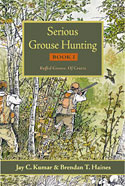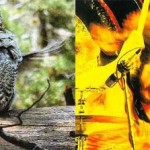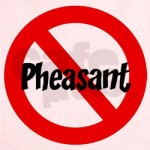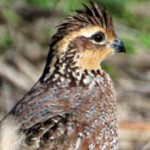MN, WI Ruffies Looking Great?
 We’ve been getting a flurry of emails the last couple of weeks about how the ruffie population looks like it’s gone up for this season. We’ll take a look at what’s being said, and then give you our opinion.
We’ve been getting a flurry of emails the last couple of weeks about how the ruffie population looks like it’s gone up for this season. We’ll take a look at what’s being said, and then give you our opinion.
Wisconsin
Highlights from this article:
> According to 2011 spring drumming counts from the state’s Department of Natural Resources, grouse numbers in central and northern Wisconsin regions saw respective increases of 31 percent and 43 percent between 2010 and 2011.
> “Statewide, the ruffed grouse population increased about 38 percent between 2010 and 2011,†said Scott Walter, DNR upland wildlife ecologist.
> Grouse populations in northern Wisconsin tend to cycle predictably over an eight- to 11-year period. The previous high was in 1999, and it was assumed that Wisconsin had reached the peak of the current grouse cycle 2 years ago, in 2009. Biologists interpreted the reported 5 percent decrease in drumming during the 2010 survey as an indication that the ruffed grouse population had begun its cyclic downswing.
> This year’s robust increase in drumming activity, however, suggests that perhaps Wisconsin hunters and wildlife enthusiasts have yet to see the peak in the current population cycle.
> “This is surprising, and potentially very good news for grouse hunters in the state,†said Walter. “It will be interesting to see if survey results indicate similar increases in other parts of the upper Midwest. It’s important to note, however, that good brood-rearing conditions over the next few weeks will also be important in determining how many grouse hunters can expect to flush come September.â€
Minnesota
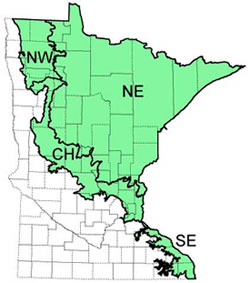 From the Minneapolis Star Tribune, which has better upland bird coverage than any other newspaper:
From the Minneapolis Star Tribune, which has better upland bird coverage than any other newspaper:
> Spring drumming counts this year were higher than last year across most of the bird’s range.
> In the northeast survey area, which includes the core grouse range, the population – as measured by the number of grouse drumming heard per stop along established routes – was up 18 percent.
> “The grouse population is probably still near the high end of the 10-year cycle,†said Mike Larson, DNR research scientist and grouse biologist.
> [The drumming count average was] not statistically a big change from last year. But the 18 percent increase in the northeast is significant. And the counts were up 16 percent in the northwest and up 32 percent in the southeast.
> The only bad news: The counts were down 17 percent, to 0.8 drums per stop, in the central hardwoods region.
> An estimated 11.5 million of the state’s 16.3 million acres of forest are grouse habitat.
So?
Since you’re a Serious Bird Hunter, you’re going hunting anyway, right? So these kinds of numbers might make you more psyched or whatever, but do they really matter?
We’d like to quote Sharon Fandel, an assistant upland wildlife ecologist in Wisconsin, who said in the above-cited article: “Ruffed grouse drumming surveys are helpful in tracking statewide population changes over the long term. However, they are not necessarily the best predictors of local harvest or hunting opportunities. The most successful hunters are usually those who spend the most time in the field and cover the most ground.”
Dang straight. Thank you Sharon!
More: Other MN Birds
From the above article:
Pheasants
> Pheasants – the state’s other major upland bird –  likely suffered losses last winter and have had a poor spring nesting season because of the cool, rainy weather.
Sharpies
> Sharp-tailed grouse counts in the northwest survey region decreased approximately 16 percent between 2010 and 2011. Counts in the east-central region declined approximately 18 percent.
> This year’s statewide average of 10.2 grouse counted per dancing ground was similar to the long-term average since 1980. Last year’s average of 10.7 grouse per dancing ground was down from the 2009 average of 13.6, which was as high as during any year since 1980.
> Overall, sharp-tail populations appear to have declined over the long term as a result of habitat deterioration.
Category: 2011, MN, Pheasants, Ruffed Grouse, Sharptailed Grouse, WI





